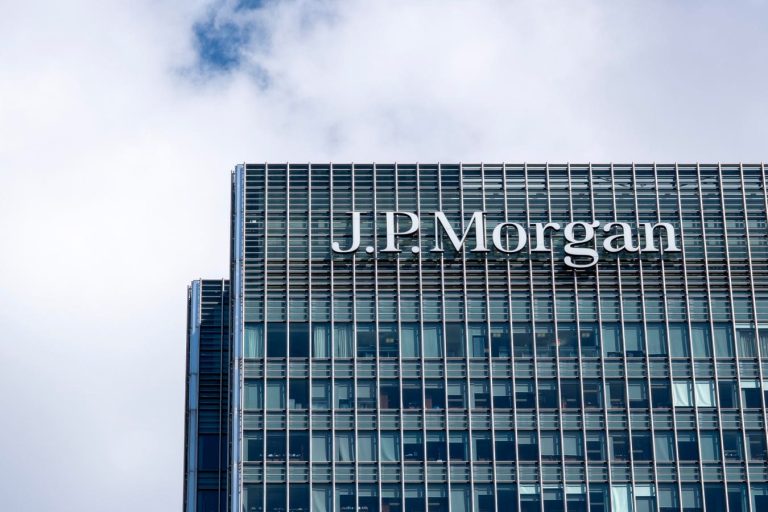JP Morgan headquarters in Canary Wharf financial district
Photo from Getty Images
Health finance has stabilized in recent months, and the main focus for many health care providers has been getting back to basics and improving the delivery of core health services while reducing expenses. While there were no new surprises at JPM25, there were three main themes for healthcare CIOs.
Expansion of medical system
Its expansion remains in focus as organizations increase market share, have more patients receiving value-based care, and expand their reach. The capital investment to build outpatient access is significant. This expansion could include an ASC, an urgent care center, an outpatient imaging center, and a physical therapy clinic to provide on-demand quality services to local residents. Health systems can reduce patient leakage and improve the patient experience by building robust ambulatory networks and their own physician networks.
For example, Sutter Health plans to invest $800 million in two new ambulatory care campuses that will allow it to upgrade legacy technology and improve the patient experience with self-service capabilities.
Technology leaders must move away from traditional connectivity while leveraging 5G/6G technology in their infrastructure. New construction allows healthcare CIOs to get it right the first time, eliminating the need to constantly catch up and improve outdated infrastructure.
Streamline your application
Large health systems are consolidating their technology stacks to create uniform operating standards. Application rationalization is a hot topic. For example, CommonSpirit Health consolidates disparate EMR and ERP into a single platform. The organization focuses not only on technology but also on national programs such as nursing training programs, virtual integrated care models, patient connectivity centers, virtual patient monitoring centers, and digital consumer experience platforms, and extends these efforts system-wide. We are promoting this.
As in 2024, healthcare CIOs will continue to be deeply involved in enterprise systems implementation. As many healthcare systems face decisions regarding aging ERP systems, they will focus on cloud ERP upgrades or system transformations over the next few years. CIOs must choose between upgrading to a modern cloud ERP or moving to another ERP cloud vendor. Consolidating applications during the transition to new enterprise systems is a major focus for healthcare CIOs, as are other priorities.
AI Partnership 2.0
You won't be able to host a healthcare conference in 2025 without featuring AI solutions and AI integration. Health systems are investing in AI ambient solutions to reduce physician documentation time. A recent report by Rock Health revealed that AI solutions will dominate the attention of investors and businesses in 2024. AI-enabled digital health startups secured 37% of sector-wide funding for the year through 191 deals. However, a study by NEJM suggests that AI ambient tools do not improve efficiency across a group of clinicians. As I shared earlier, will AI show a positive ROI or will it be a shiny object?
Insights from JPM25 highlight the critical role of a strong CIO in guiding healthcare organizations through an increasingly technology-driven landscape. With increasing reliance on innovative solutions, successful healthcare CIOs must focus on embracing new technologies and staying aware of healthcare market trends. Balancing these responsibilities is key to leveraging technology for competitive advantage.

